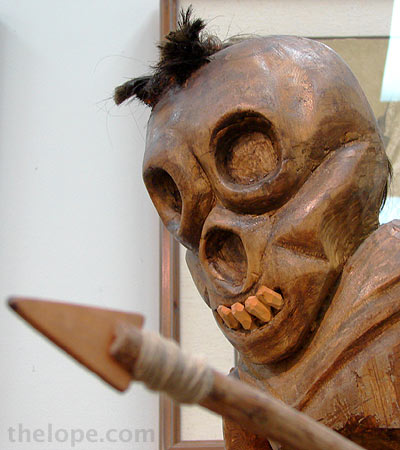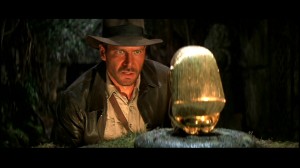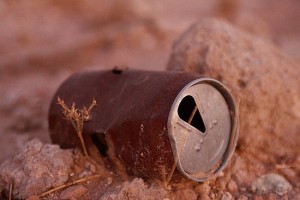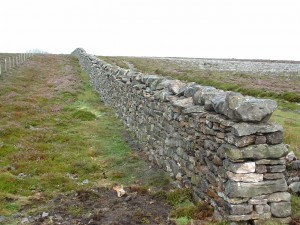Everything has scopes and limitations – archaeology is no exception. Archaeologists solve some of the most nagging questions through excavations and laboratory analysis, uncovering new information about cultures and people. Certain sites can be packed with data, just waiting to be discovered; yet there are often extensive procedures needed before excavation, or in the worst case, social/political unrest in that area.
The Babri Masjid Mosque in Ayodhya, India, is an example of this. Hindu mythology claims that Ayodhya was the birthplace of Rama, a famous warrior and protagonist in the Ramayana. Supposedly, on the very spot that Rama was born, a temple was erected in his honor. In 1527, Mughal emperor Babar constructed a magnificent mosque over the temple, thus destroying the original edifice.

Babri Masjid Mosque, Uttar Pradesh, India
For centuries, the Babri mosque stood undisturbed – until 1992, when a massive riot of over 150,000 Hindus resulted in mass vandalism and ruining of the mosque. In no time, the building was reduced to mere piles of rubble and dust. Muslims across the country were enraged; over 2,000 people died in communal riots and India was in turmoil.
In order to figure out what to do with the land to appease the Hindus and Muslims, the Government of India called upon the Archaeological Survey of India to run preliminary surveys of the Ayodhya site. Results proved to be inconclusive as there was a fair amount of ambiguity around whether or not there originally was a Hindu site, considering the unreliability of Hindu scriptures and oral tradition. It took many years for approval to pass, but in 2003, the ASI was given the green light to perform in-depth excavations of the site. Yet again, anger and tensions stirred between the Hindus and Muslims, with both parties claiming that the ASI was committing sacrilege on holy ground.

Scores of protesters vandalize the mosque
The results of the excavation were stirring. In the five month period of excavation, various teams had made around 1360 discoveries. The 574 page report stated that there was “a massive structure just below the disputed structure and evidence of continuity in structural activities from the 10th century onwards”, thus confirming the existence of an establishment prior to the mosque. In addition, a small seal with connections to the Asokan Brahmi was found, further supporting evidence towards a Hindu structure.
Numerous Muslim groups and organizations disregarded these discoveries and refuted the ASI’s findings. This, again, caused a rift within the volatile social framework of the country, spurring more tensions among the people.
Finally, in 2010, a decision to divide the land between the Hindus and the Muslims was made. Not everyone was happy, but it was the most practical decision and after decades, anger and disputes in Ayodhya had ceased.
Archaeology helped solve this case. By filling in the pre-Mughal void in time that was unknown, archaeology managed to settle any arguments by using scientific methods. At the same time, archaeology nearly sent the country into a massive civil war – it really is a miracle that the ASI managed to emerge out of such a touch situation unscathed.
References:
Rediff: http://www.rediff.com/news/2003/aug/22ayo.htm
BBC: http://www.bbc.co.uk/news/world-south-asia-11435240
Internet Archive: http://web.archive.org/web/20050323101829/http://www.the-week.com/23sep07/events1.htm
Picture 1: http://themmindset.files.wordpress.com/2010/11/babri_masjid.jpg
Picture 2: http://kiskikahani.openspaceindia.org/wp-content/gallery/rama-images/Babri-masjid-was-demolished-on-December-6-1992.jpg







